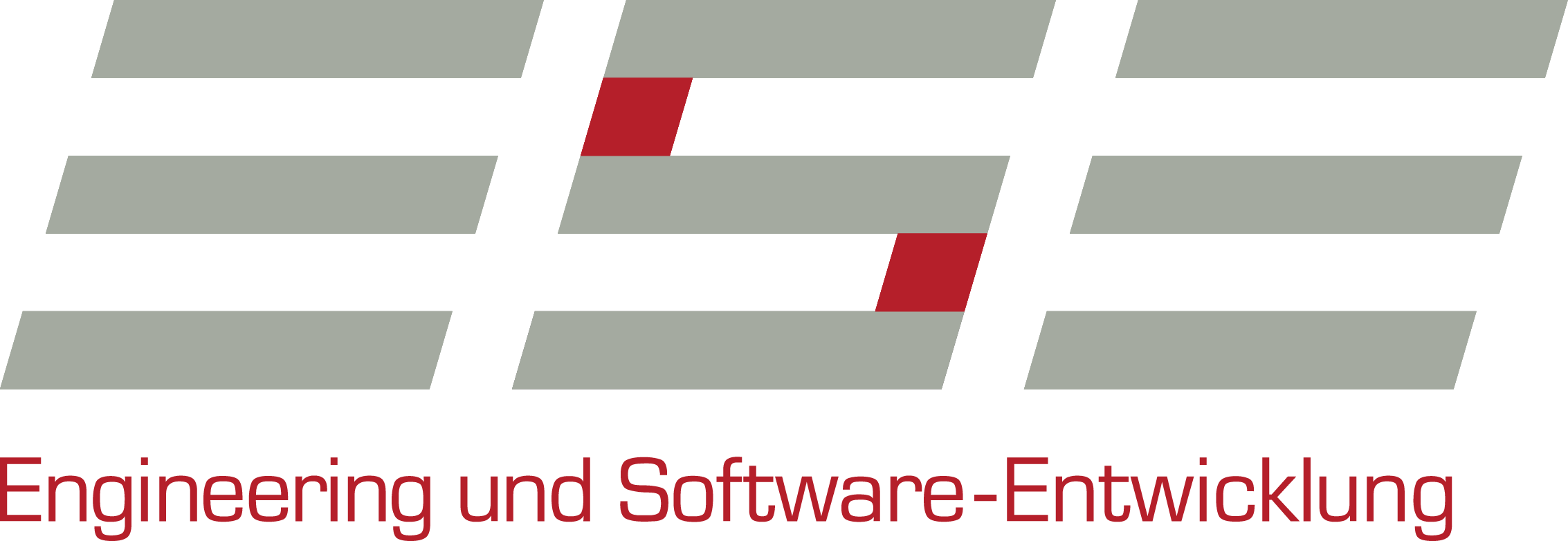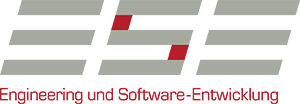Modeling maintainable software tests for embedded systems in the railroad domain
A technical article by Benjamin Mensing, Florian Haux and Lars Schnieder has been published in the current issue 5/2020 of “Signal + Draht”.
Software testing in the rail sector poses considerable challenges for all those involved due to increasingly large and complex systems.
This begins with the definition of a set of test cases that provide proof of the functional and non-functional requirements. Furthermore, normative requirements for the required test methods and resources must be fulfilled (see DIN EN 50128) and test cases must be defined and implemented.
The challenge during implementation is to recognize as early and quickly as possible which parts of the test case code can be reused. These shares are transferred to a test library. However, in many projects it has been shown time and again that, due to project deadlines, many testers tend to duplicate their test case code rather than transfer it to central library functions. Any errors in the definition of test case suites or the avoidance of central test functions cause the effort in the testing process units such as verification, validation and assessment to increase steadily, as a lot of time has to be invested in reviews and impact analyses. This means that every unnecessary test case that provides no further insight and every duplicated piece of code that has to be reviewed every time it is released means unnecessary expenditure of time and resources.
Benjamin Mensing, Florian Haux and Lars Schnieder have investigated the question of whether there are alternative concepts or process models to be more effective in test case implementation and the subsequent reviews. You can read their results in the 5/2020 issue of the specialist magazine “Signal + Draht”. We are happy to provide you with the article free of charge.


